Gather the ingredients for standard homemade aioli

Aioli can be as straightforward as a blend of garlic and oil, but in this recipe, we incorporate egg yolks to create a rich, creamy consistency. For every 2 egg yolks, we use 3 cloves of garlic. It may seem like a lot, but believe us—aioli that skimp on garlic just isn't true aioli. Lemon juice introduces a refreshing acidity that balances the richness of the mixture, while salt enhances the overall taste.
If you're eager to experiment with flavors, think about adding spices, finely chopped herbs, horseradish, mustard, Sriracha, or any other ingredients you enjoy. "Mastering the basic emulsion is the most challenging part of making aioli. Once you achieve that, you can really get creative with the flavors. There's nothing more impressive than presenting a selection of homemade aiolis," says Rosenhouse, "and no one will suspect how easy they were to make."
Step 1: Mince the garlic
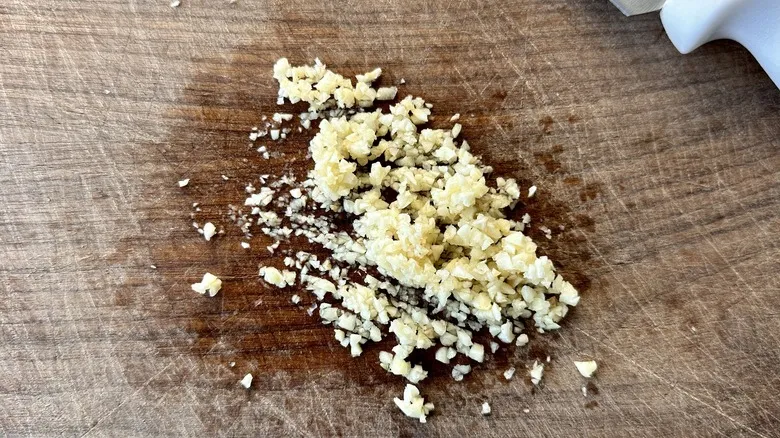
Remove the skin and finely chop the garlic.
Step 2: Create a paste
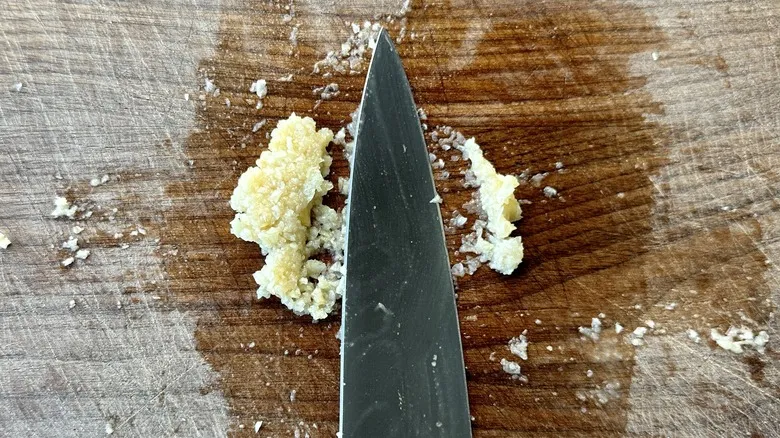
Sprinkle salt and use your knife to crush the garlic against the cutting board along with the salt until it forms a paste (smooth to your preference).
Step 3: Place towel under bowl
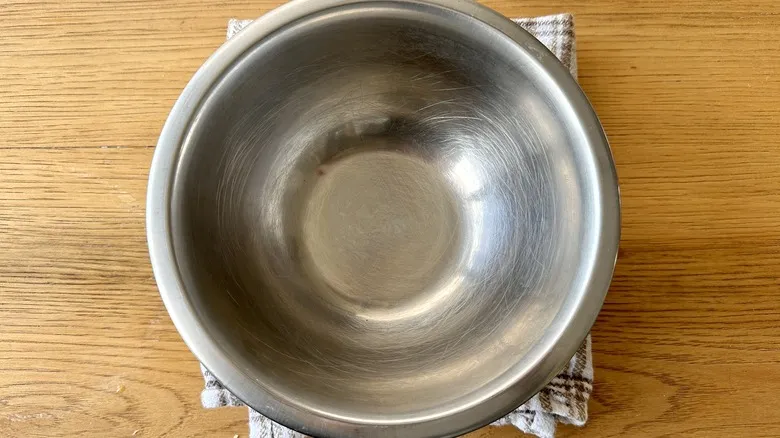
Position a wet towel under a medium bowl to keep it steady.
Step 4: Whisk yolks
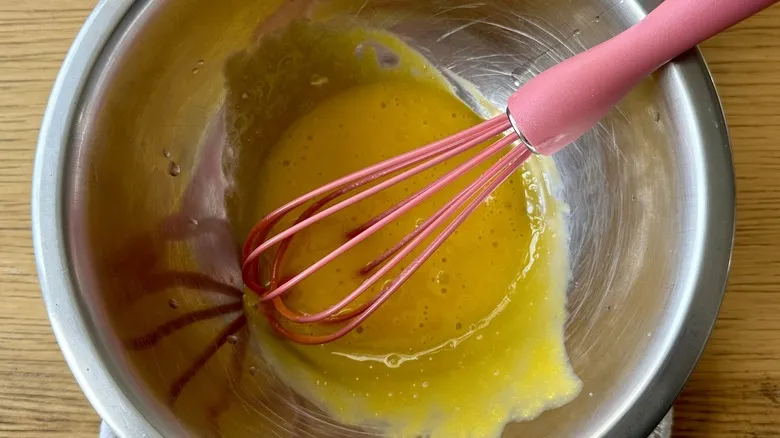
Incorporate the yolks into the bowl and beat until well blended.
Step 5: Whisk in oil
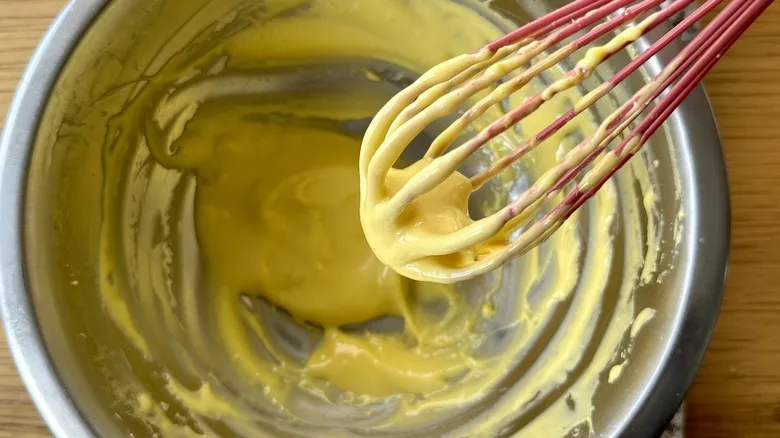
Incorporate 1 teaspoon of oil and whisk until well combined.
Step 6: Continue adding oil
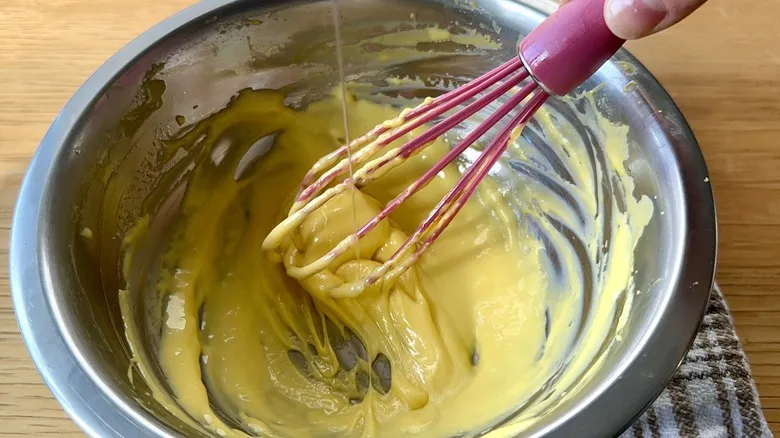
Gradually pour in the oil in a slow, steady stream while whisking until it is fully incorporated and the mixture becomes thick and creamy.
Step 7: Add lemon and garlic
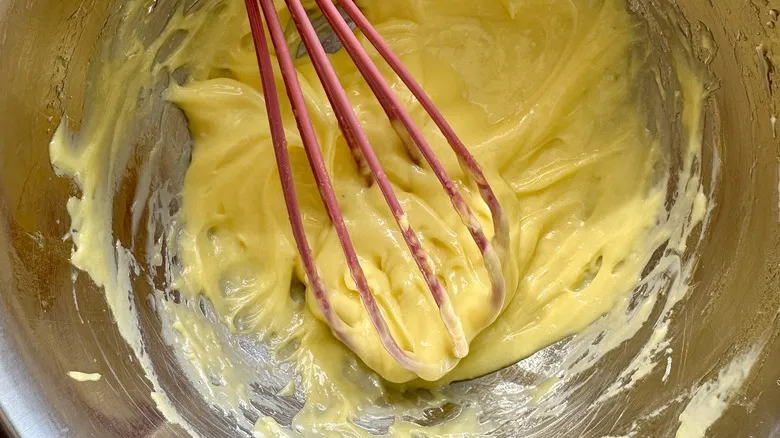
Stir in the mixture of lemon juice and garlic.
Step 8: Transfer to serving bowl

Move to a serving bowl or store in an airtight container in the refrigerator for up to 3 days.
Is aioli just garlic mayonnaise?

In the United States, the terms "aioli" and "mayonnaise" are frequently used interchangeably to refer to the same type of condiment—a creamy dip or spread created through the emulsion of egg yolks and oil. In contemporary dining establishments, any mayonnaise with added flavors is typically marketed as aioli (a clever marketing tactic), with popular variations including garlic, Sriracha, lemon, and more, which are served alongside a range of dishes from French fries to sandwiches.
Traditionally, however, the two are distinct. Mayonnaise is prepared by gradually whisking oil into egg yolks, along with an acid such as lemon juice or vinegar, and seasoning with salt. Classic aioli, on the other hand, involves crushing garlic with a mortar and pestle, then slowly incorporating olive oil to create a creamy emulsion. Egg yolks are often included in modern recipes to enhance the richness of the aioli.
Is it safe to eat raw eggs in aioli?
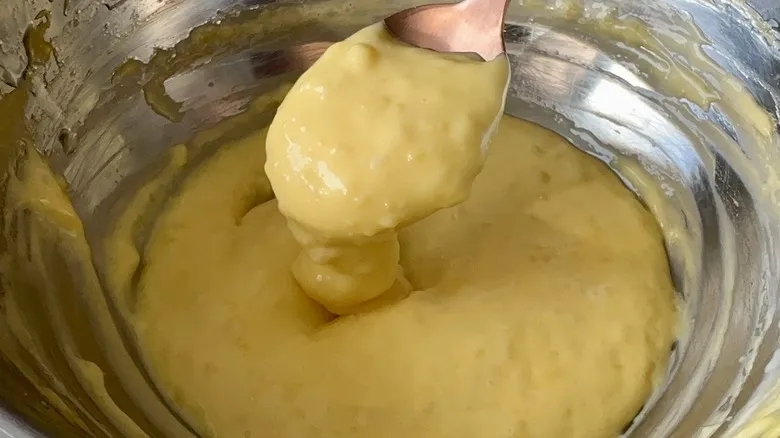
When it comes to cooking with raw eggs, it's crucial to think about your audience. Raw egg consumption is not advisable for infants, the elderly, individuals with compromised immune systems, or pregnant women. However, for the majority of us, it often boils down to assessing the risks. Let’s be honest: the culinary world would be a bit less delightful without egg yolks. From Caesar salad dressing to hollandaise sauce, some of the most beloved dishes feature raw egg yolks. And who can resist jammy eggs on toast?
On the flip side, having a healthy respect for foodborne illnesses is wise. Infected chickens or cross-contamination during processing can lead to salmonella, which can be present both on the shell and inside the egg. While refrigeration and proper handwashing can reduce the risk, it's worth noting that mayonnaise and aioli are among the egg-based foods most commonly associated with salmonellosis. You might wonder about the odds: the CDC estimates that 1 in every 20,000 eggs is contaminated, so the decision is ultimately yours.
If you prefer to err on the side of caution, you can temper your egg yolks using a double boiler or opt for pasteurized eggs instead. If you choose the latter, you can substitute 2 egg yolks with 1 whole egg if you like.
What do I serve with aioli?

Aioli offers endless possibilities for culinary creativity, and honestly, we can't think of a dish it wouldn't enhance. Whether enjoyed as a dip, spread, or sauce, its creamy texture beautifully complements proteins, cheeses, starches, vegetables, and more. If you're on Team Aioli over ketchup, the ultimate pairing is, of course, with French fries. But don’t limit yourself to just that.
Slather aioli on sandwiches or burgers, or thin it out with a splash of lemon juice to drizzle over tacos, fish, or lamb. It makes a fantastic dip for crunchy vegetables, especially when serving a crudité platter. Traditionally, it can also be mixed into seafood soups or stews. For a movie night, pair it with homemade chicken tenders or wings, and save any leftovers to whip up a quick chicken salad for lunch. "The best way to encourage your family to eat their vegetables is to serve a sheet pan of roasted veggies alongside a bowl of aioli," says Rosenhouse. "You’ll be amazed at how quickly those veggies disappear."
Recommended
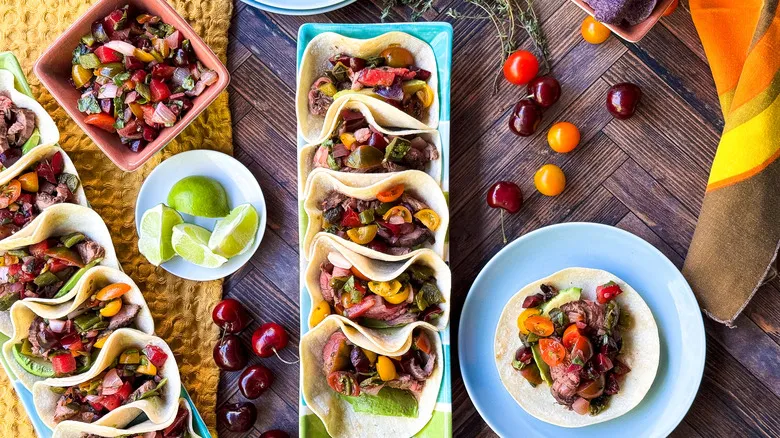
Grilled Flank Steak Tacos With Stone Fruit Salsa Recipe

Delicate, Decadent Chocolate Macarons Recipe
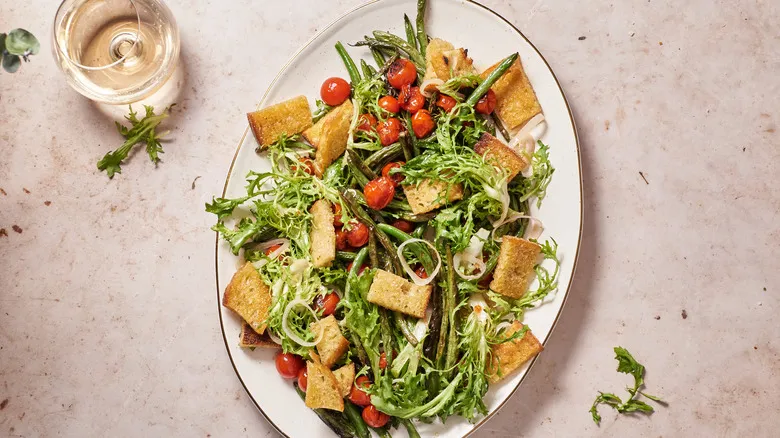
Green Bean And Tomato Panzanella Salad Recipe

Mixed Berry Scones Recipe
Next up

